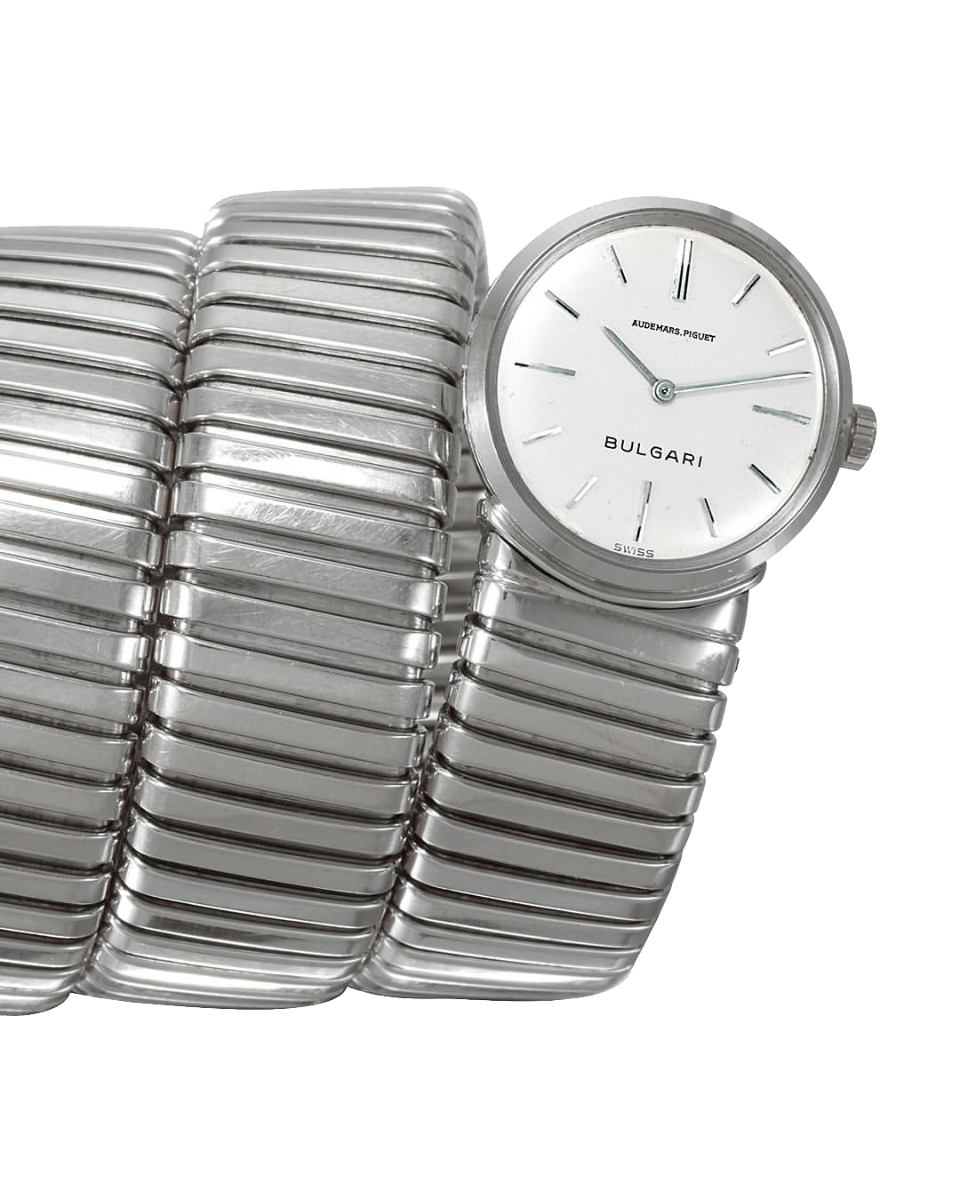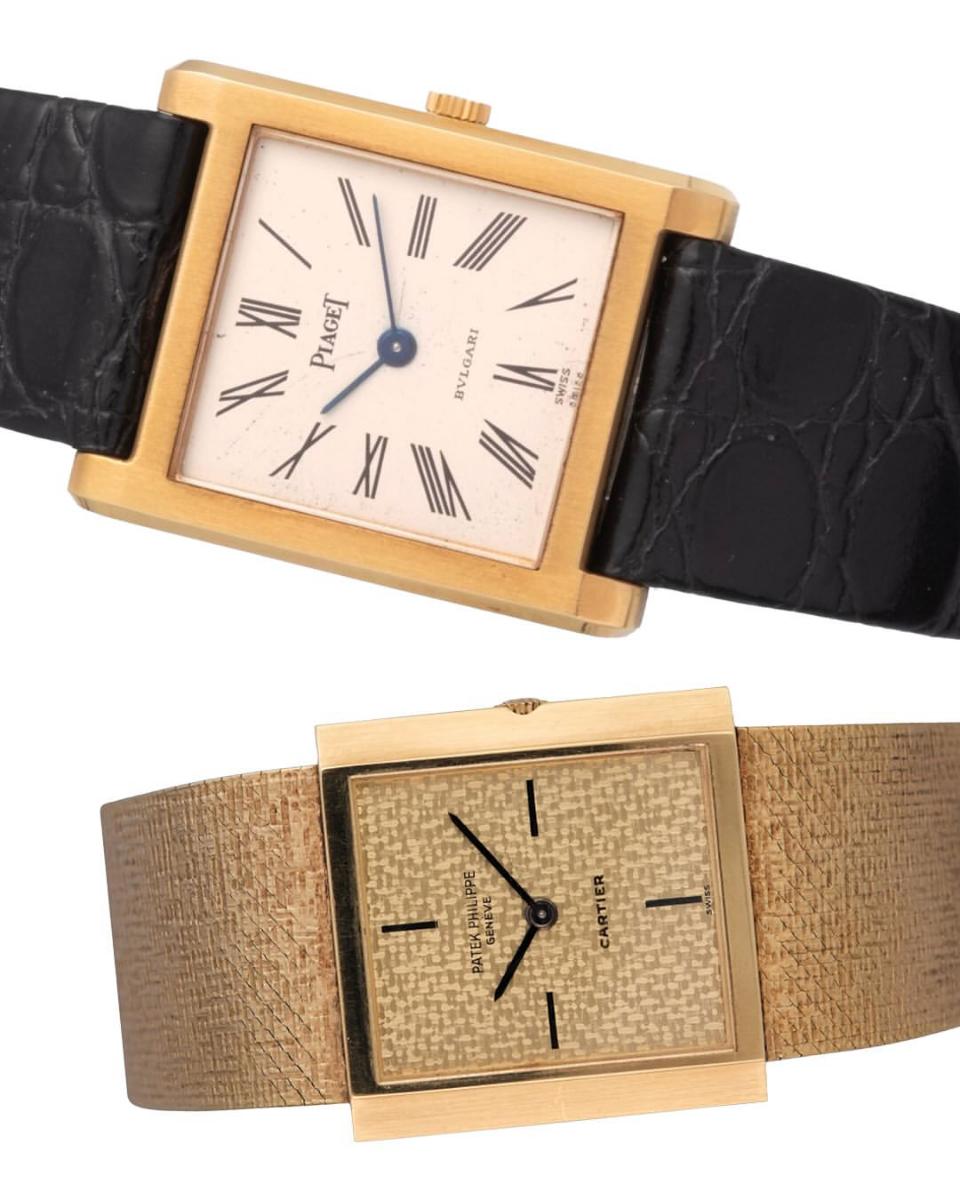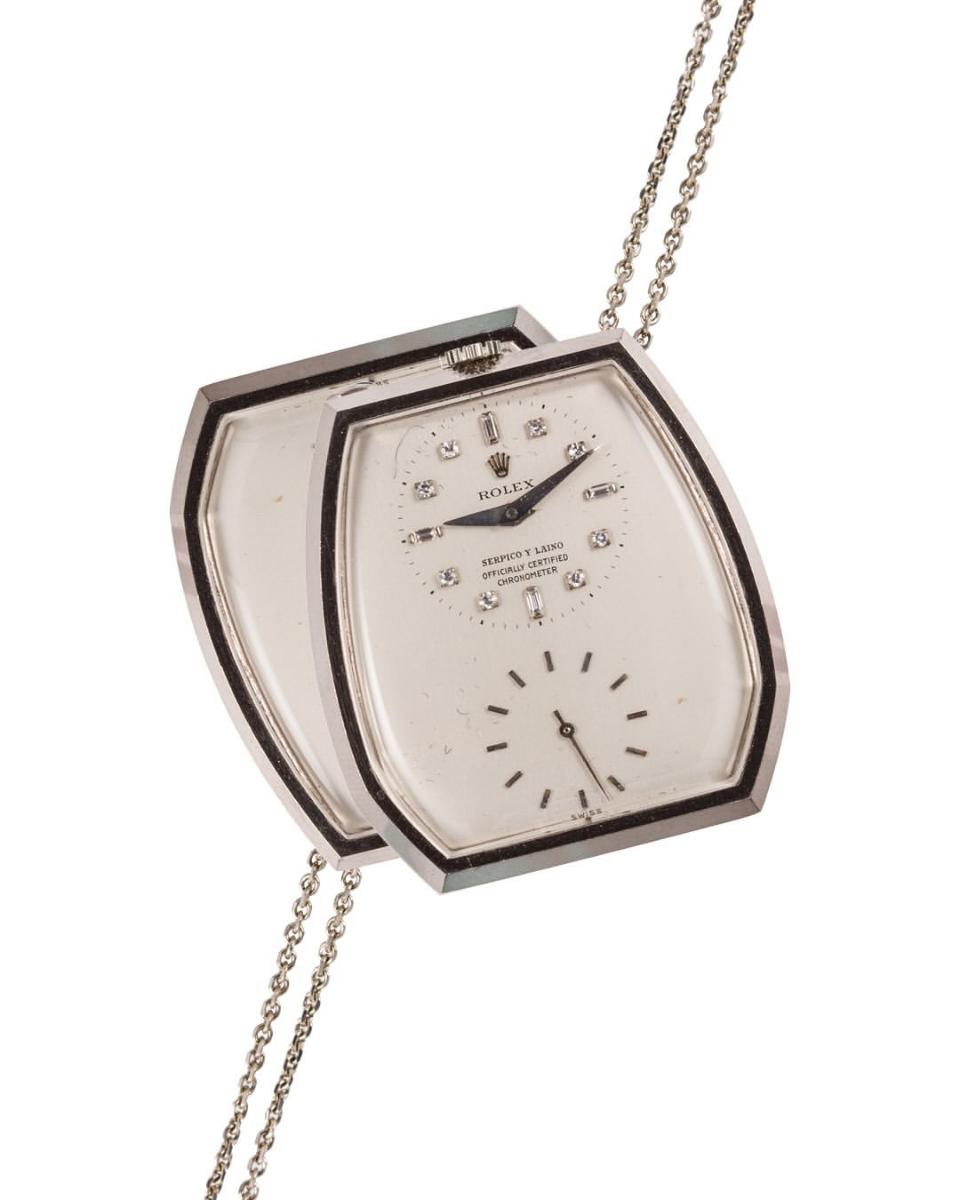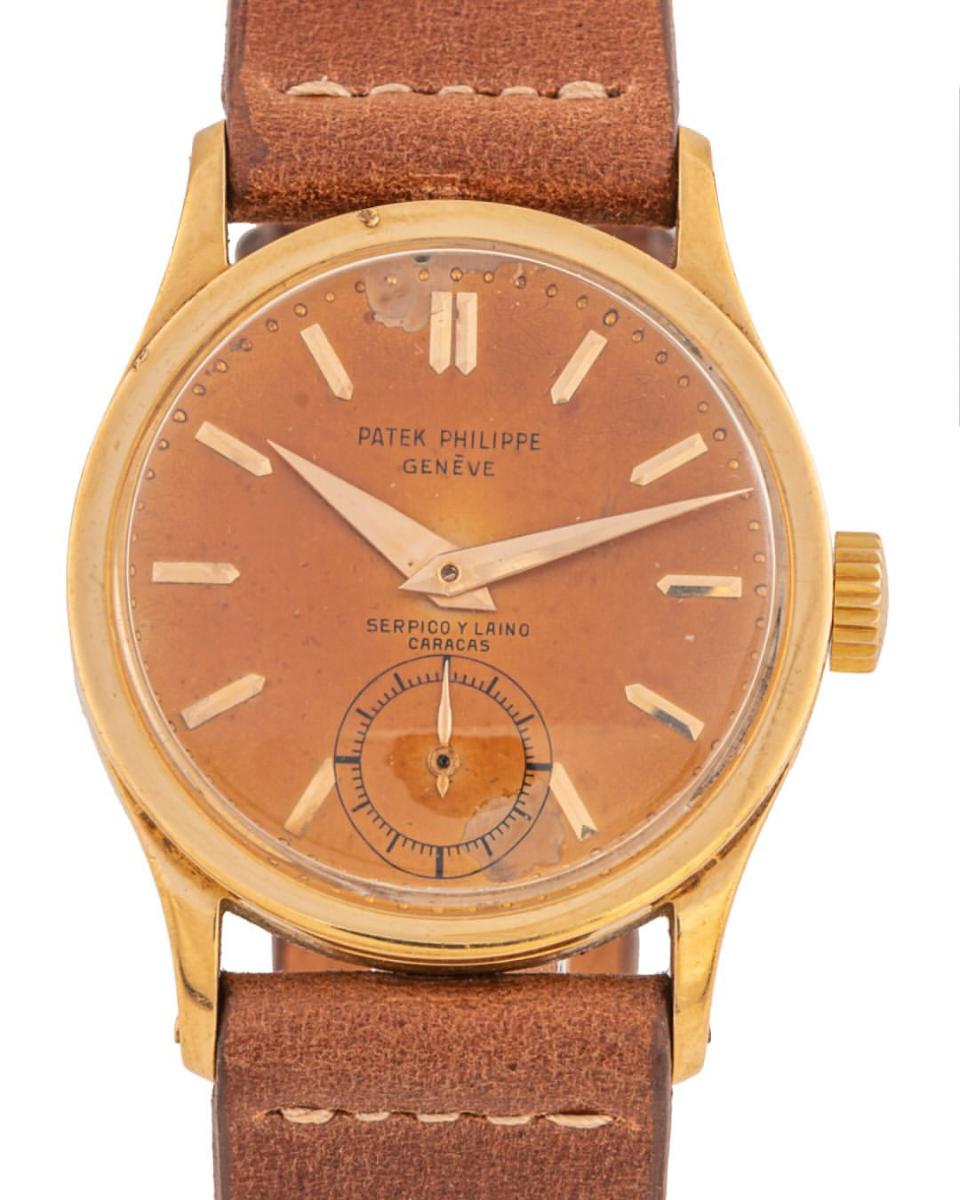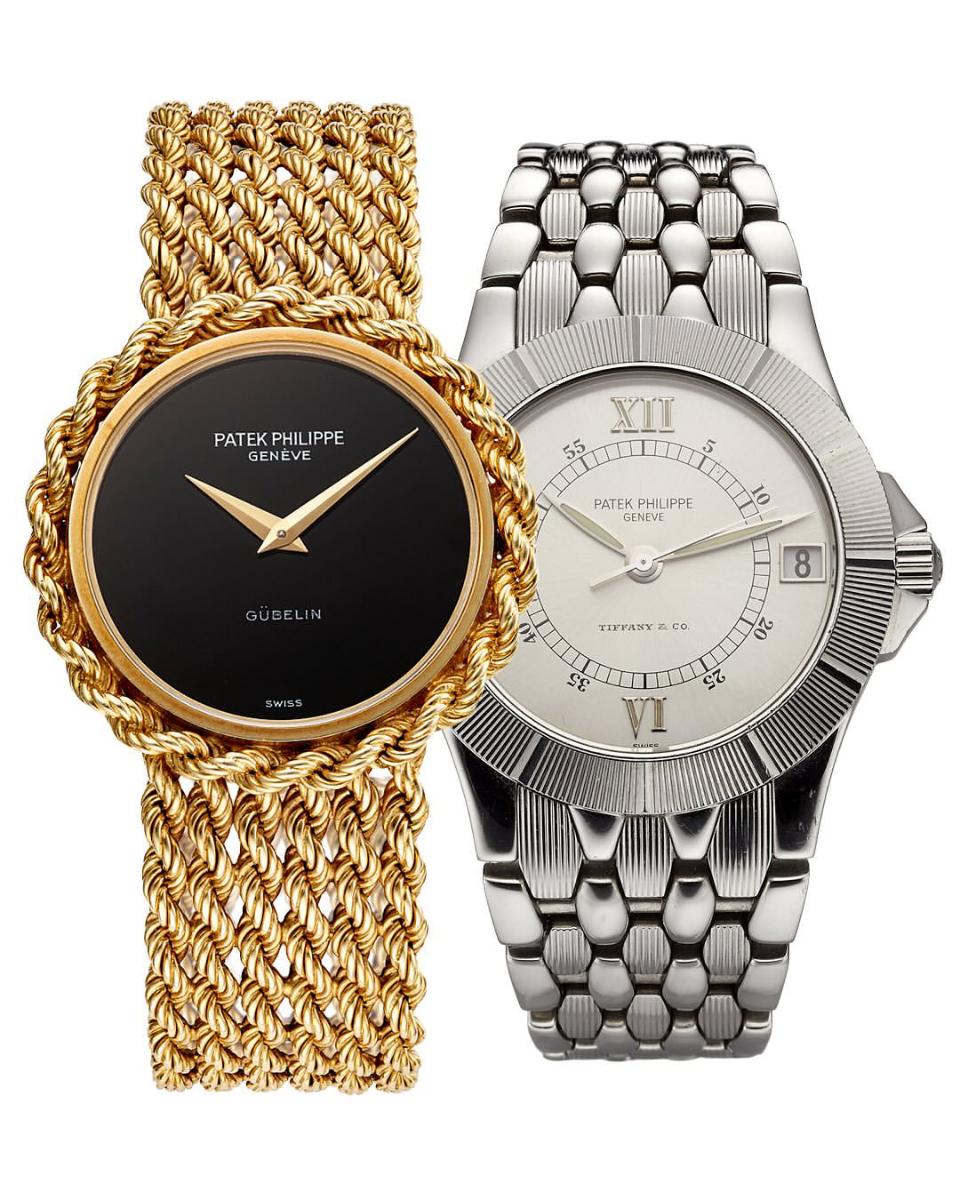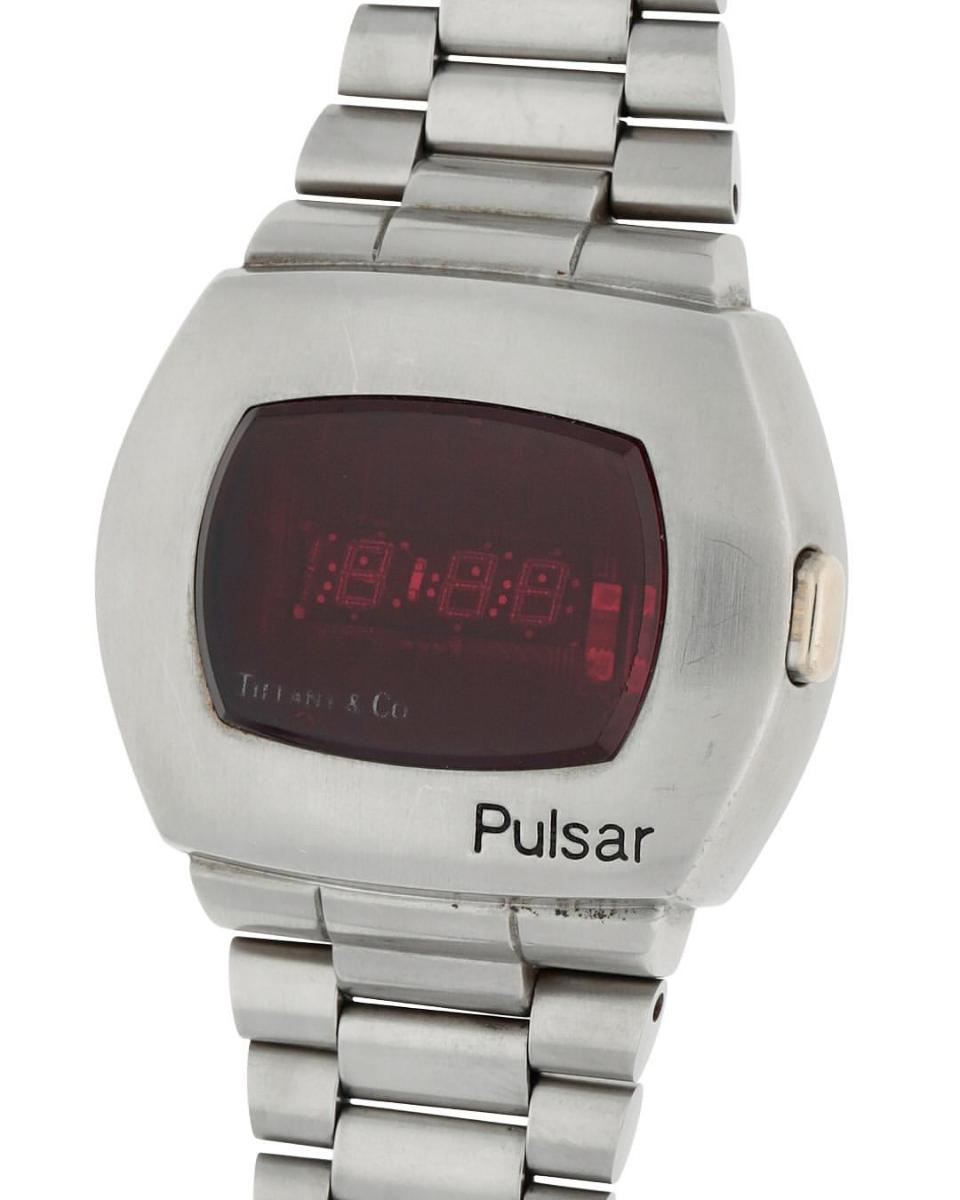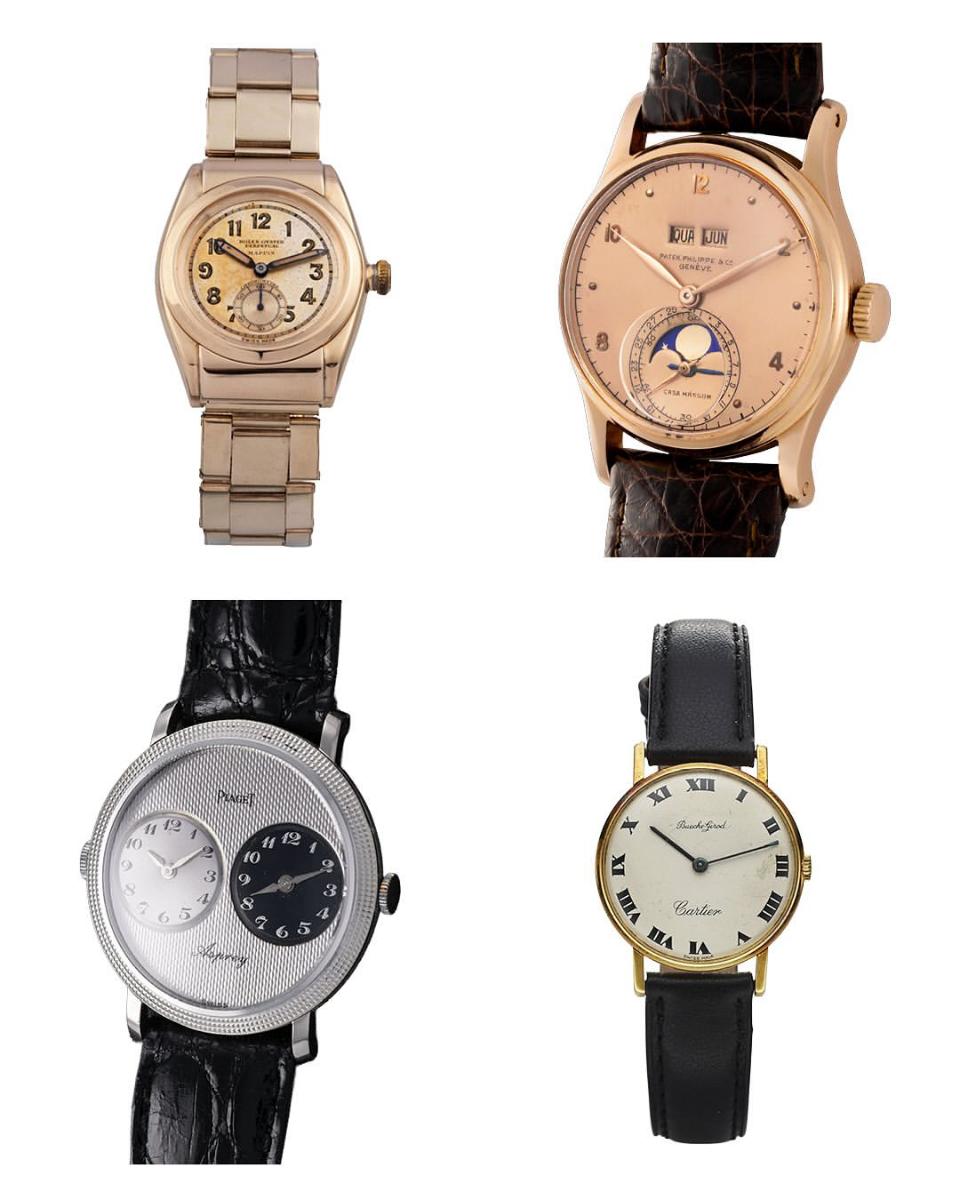THE QUIRKY BACKSTORY OF . THE QUIRKY BACKSTORY OF . THE QUIRKY BACKSTORY OF . THE QUIRKY BACKSTORY OF . THE QUIRKY BACKSTORY OF
THE WATCHES WITH A DOUBLE-SIGNED DIAL. THE WATCHES WITH A DOUBLE-SIGNED DIAL. THE WATCHES WITH A DOUBLE-SIGNED DIAL. THE WATCHES WITH A DOUBLE-SIGNED DIAL
20 July 2025
THE QUIRKY BACKSTORY OF THE WATCHES WITH A DOUBLE-SIGNED DIAL
education
by @watches_and_culture
